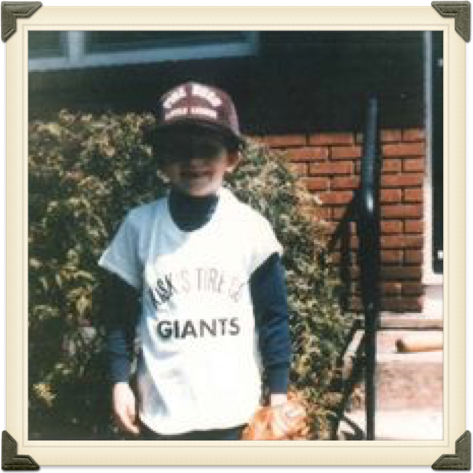Covering All the Bases
Over a century ago, an indoor winter sport was taking on a life of its own in the Chippewa Valley. It was played in front of large audiences at gymnasiums, auditoriums, armories, and opera houses. The games were heavily covered by local press, often followed by a dance with orchestral accompaniment, and attended by a large fan base including, as one paper put it, a “who’s who of society people.”
The game was a modified version of baseball, called “indoor baseball,” and colorfully known as: kitten ball, diamond ball, mush ball, and pumpkin ball. It was touted as an equivalent of the outdoor game and a means of exercise for males and females alike. For close to four decades, indoor baseball was played throughout the Chippewa Valley.
The indoor variety of baseball, or “base ball” as it was often referred to at the time, was invented on Thanksgiving Day, 1887 by George Hancock at the Farragut Boat Club in Chicago. While waiting for updates of the Harvard-Yale football game, the makeshift game of baseball was assembled. Hancock chalked out a baseball diamond, bound a boxing glove with its strings, and used a broom handle as a bat. The game ended with a score of 41-40. Shortly thereafter, Hancock would put together a set of rules and create a ball and bat that were conducive to indoor use. The sport spread throughout Chicago, and by 1889 indoor baseball leagues were being formed.
Quickly reaching other states, the game flourished in the Minneapolis area. Lieutenant Louis Rober of the Minneapolis Fire Department utilized the game to keep his department fit. When he took the game outdoors, modified the ball and bat, the game flourished, eventually morphing into modern day softball.
With its proximity to the two indoor baseball hotbeds, Chicago and Minneapolis, it is no surprise that the game caught on quickly in the Chippewa Valley. In the 1890s, games were being played at places such as the Eau Claire’s Griffin Rifles Armory, between teams like the Griffin Rifles and the West Side Athletics. The armory was located where the parking lot on the corner of First Avenue and Ann Street is, while the Griffin Rifles were Company E, the first National Guard Unit in Eau Claire. Additionally, it was reported that some 20 young ladies from the west side were playing indoor baseball and engaging in calisthenics.
At the turn of the century, adult male indoor baseball leagues were in existence from coast to coast, while girls were playing competitively at the high school level. In fact it had become so popular that in 1903, the Spalding Athletic Library began producing Spalding’s Official Indoor Base Ball Guide, a publication that ran for more than 20 years (the guides are available in their entirety on the Library of Congress website).
The guide discussed the history of the game and its rules. It gave specifications for equipment as well as advice on forming a league, including constitution, bylaws, and rules. In addition, a large segment discussed indoor baseball for women and “how to teach girls indoor base ball.” There was also an extensive catalog with all kinds of Spalding’s indoor baseball-related equipment and apparel.


